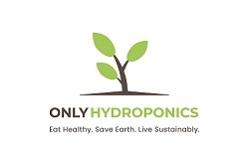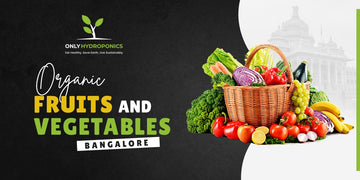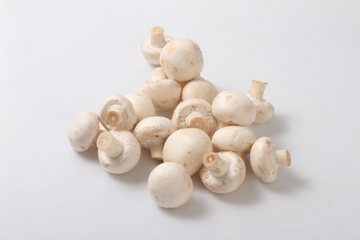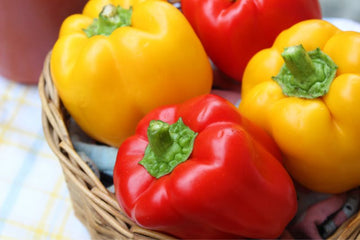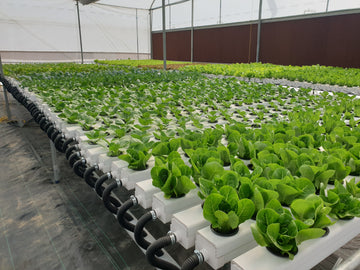
Derived from the two Greek words hydro and ponos, meaning water and labor respectively, hydroponics is defined as a method of growing plants in water, rather than in soil. While this process may seem arbitrary, the growing of plants in nutrient-rich water has been practiced for centuries.
The History of Hydroponics
Hydroponic systems have dated back to its applications in the ancient Hanging Gardens of Babylon, as well as the floating gardens of the Aztecs in Mexico. In fact, the earliest use of hydroponics in the United States can be traced to the 1930s in which California scientist, William Frederick Gericke, popularized the soilless culture of plants.
Further application of this technology took place during the Second World War, where large hydroponic gardens in several western Pacific islands were developed by the United States Army in order to supply fresh vegetables to local troops.
The Hydroponic System
Within a hydroponic system, roots of a plant are suspended in either a static, continuously aerated nutrient solution, or within a continuous flow or mist of nutrient solution. This pH adjusted nutrient solution is comprised of 16 of the 19 required elements for survival, some of which include carbon, oxygen, hydrogen, potassium, iron, and copper.
The pH, which measures the acidity or basicity of a given solution, within the hydroponics system is of critical importance to the viability of any plant’s growth. While this pH level will vary for each plant, most plants grow best in a slightly acidic environment, with a pH range between 5.5 - 6.0.
Photosynthesis Within a Hydroponic System
A crucial aspect of plant growth is the process of photosynthesis, in which plants, as well as other organisms such as algae and certain bacteria, convert light energy into the chemical energy required for growth. Within a hydroponics system, this light energy is typically provided by an artificial lighting source, such as a lamp, combined with a shade or reflector used to direct light towards the plant.
During photosynthesis, carbon dioxide (CO2), a colorless and odorless gas, is absorbed by the plants and reduced to produce carbon and oxygen. While small amounts of oxygen are used by the plant, most of this oxygen reserve is released back into the atmosphere.
Certain ways in which CO2 is added to a hydroponics system is through bottled CO2 or a CO2 generator. It is imperative to maintain precise control over the CO2 levels within a hydroponics system through the use of a CO2 monitor in order to ensure optimal conditions for plant survival.
Benefits over Soil for Plant Growth
Simplistic in its model, the hydroponics system offers several advantages over the traditional use of soil for plant growth. The plant is not grown in soil, which provides the ability to control exactly what type of nutrients are entering the plants, allowing workers to immediately correct any possible nutritional deficiencies.
This control over the environmental growth conditions further guarantees the eradication of pests, fungi, and soil-borne plant diseases that are typically found in open systems. The conservative nature of the hydroponics system is further emphasized by its prevention of leaching, a process in which a considerable amount of plant nutrients are lost to the soil following rain or irrigation.
